Picture this: You’re sitting in your garden, enjoying a cup of tea, when suddenly you notice something amiss. Your once sturdy and reliable boundary fence has vanished. Your neighbour, it seems, has taken it upon themselves to remove it without any prior discussion or warning. So what do you do if your neighbour has removed the boundary fence?
In this blog, I will delve into the world of boundary disputes and unravel the complexities that arise when your neighbour has removed a boundary fence. I understand that this unexpected situation can be both frustrating and unsettling!
I’m here to guide you through the process, ensuring you understand your rights as a property owner and the necessary steps to address this issue.
A boundary fence, as we all know, serves a vital purpose. It acts as a physical marker, clearly defining the limits of your property, safeguarding your privacy, and providing a sense of security.
Its sudden disappearance can disrupt the harmony you once had with your neighbour and leave you questioning your rights in this scenario.
So, grab a cuppa, make yourself comfortable, and let’s get to the bottom of this common neighbour dispute.
Understanding Your Rights as a Property Owner
As a property owner in the UK, it’s crucial to have a solid grasp of your rights, especially when it comes to property boundaries.
Property boundaries serve as the invisible lines that define the extent of your property. They play a fundamental role in determining where your land begins and ends, ensuring that you have exclusive control over your slice of the world.
These boundaries not only shape the physical space you call home but also safeguard your privacy and provide a sense of ownership.
It’s important to remember that the fence doesn’t always show the correct boundary. To bring legal weight and clarity to property boundaries, we turn to the Land Registry.
The Land Registry is the custodian of property records in England and Wales.
Their primary role is to maintain a register that documents ownership and any legal interests attached to land and property.
Land Registry
When it comes to boundaries, the Land Registry plays a crucial part in establishing official records.
Within the Land Registry, title deeds and conveyancing documents take centre stage.
Title deeds are legal documents that provide evidence of your ownership rights and interests in the property. They outline the boundaries and any restrictive covenants or easements that may affect your land.
These deeds serve as an invaluable resource when it comes to understanding the extent of your property and clarifying boundary lines.
Conveyancing
Conveyancing, on the other hand, refers to the legal process of transferring property ownership from one person to another.
During this process, solicitors examine title deeds and other relevant documents to ensure a smooth and legally sound transfer.
This scrutiny includes verifying the accuracy of boundary descriptions and addressing any potential issues that may arise.
By carefully examining title deeds and engaging in conveyancing procedures, you can gain clarity and a deeper understanding of your property boundaries.
These documents provide vital information and legal proof of your rights as a property owner.
It’s important to note that while the Land Registry and title deeds are valuable resources, they may not always provide an absolute solution to boundary disputes.
In some cases, historical agreements or physical features may also contribute to the determination of boundaries.
Seeking professional advice from a solicitor with expertise in property law can help you navigate these complexities and understand the full scope of your rights.
Remember, knowing your rights as a property owner and having a clear understanding of property boundaries are crucial steps toward resolving any issues that may arise with your neighbour removing a boundary fence.
Armed with this knowledge, you can confidently tackle the challenges ahead and seek an amicable resolution.
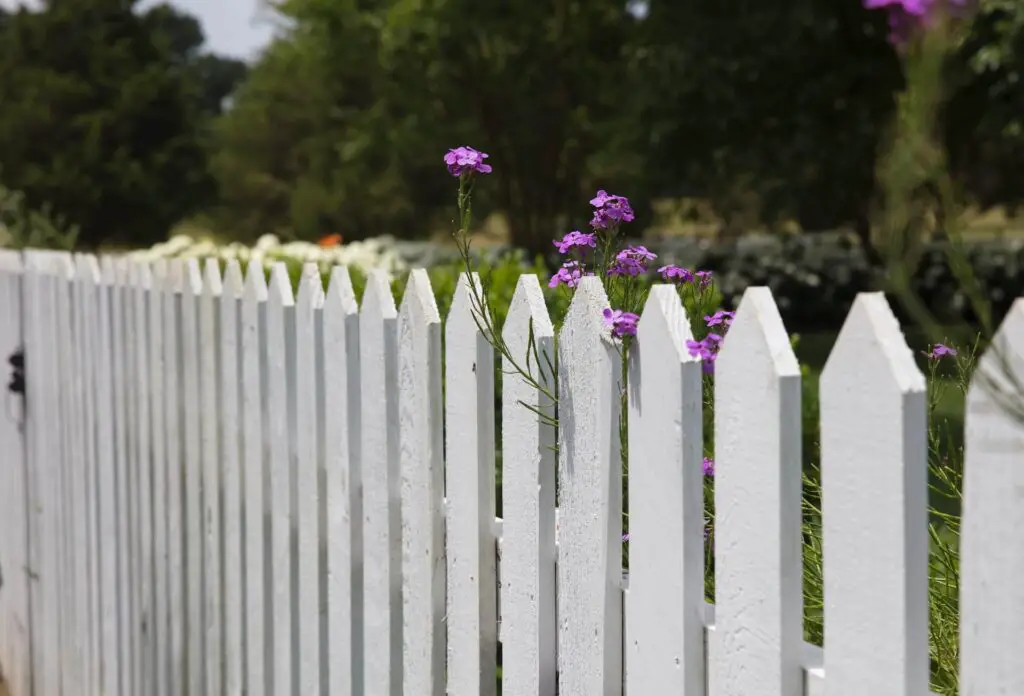
Can I Take My Fence Down Without My Neighbour’s Permission?
If you own the fence you can take down a fence without your neighbour’s permission. If the fence is shared between you and your neighbour then you should discuss the removal of the fence with them before you do anything.
However, you should always talk to your neighbour before removing a boundary fence as it reduces the chance of a fence dispute.
If My Neighbour Removes a Boundary Fence Do They Have To Replace It?
You may be shocked to hear that if your neighbour removes a fence they don’t have any legal obligation to replace it unless there is a safety issue. If your neighbour is refusing to replace the fence then you can erect your own fence on your side of the boundary.
Steps To Take If Your Neighbour Has Removed The Boundary Fence
Now that you’ve discovered your neighbour’s bold move of removing the boundary fence, it’s time to assess the situation with a calm and measured approach.
By taking a step back and evaluating the circumstances, you can lay the groundwork for resolving the issue effectively.
Let’s explore the essential steps involved in assessing the situation when faced with a removed fence.
If your neighbour has removed the boundary fence without your consent in the UK, there are several steps you can take to address the situation.
Here’s a recommended course of action:
Step 1 – Review property documents
Start by reviewing your property documents, including the title deeds and any boundary agreements or plans.
These documents will help you understand the exact location of the boundary line and your rights regarding the fence.
You can download a copy of your title and the plan for £3 via the Land Registry. It would also be a good idea to download your neighbour’s title at the same time. You can find out more information on the GOV.UK website.
You need to make sure you select the title plan as this will hopefully show the fence ownership.
You should note that not all title plans include fence ownership but it should be your first step.
If there is a ‘T’ on your side, this means that you are responsible for maintaining the fence. If there is a ‘H’ (that is two Ts that are joined), then this means that you are equally responsible for the fence.
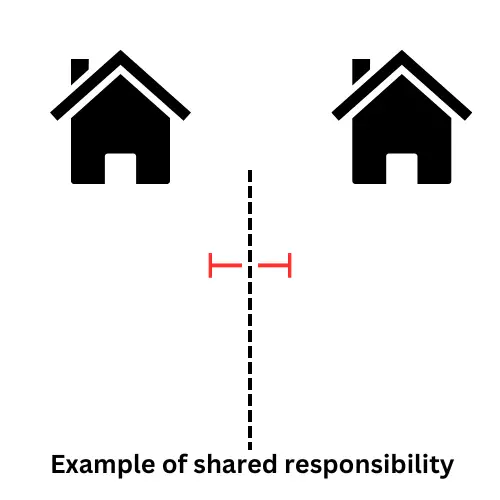
If there is nothing in the Deeds to indicate who owns what, you and your neighbour can sign a formal boundary agreement to clarify this. You should get legal advice before signing a document of this nature.
You want to ensure you know where your boundary is and who owns the fence before approaching your neighbour.
Step 2 -Communicate with your neighbour
Reach out to your neighbour and express your concerns about the removal of the boundary fence.
Approach the situation with a polite and constructive attitude, as maintaining a positive relationship with your neighbour can go a long way in finding a resolution.
Share your concerns about the removed fence and express your desire to understand their motivations and reasons behind the action.
It’s essential to keep in mind that there could be various factors at play, such as misunderstandings, maintenance requirements, or even a genuine mistake.
By listening attentively to your neighbour’s perspective, you can gain a better understanding of their actions and potentially find common ground for a solution.
Step 3 – Gather evidence
While communication forms the foundation of resolving any dispute, it’s equally important to gather evidence to support your case.
Documentation is your ally in this scenario. Take the time to thoroughly document the removed fence by capturing photographs or videos of the area.
These visual records serve as crucial evidence, providing a clear picture of the situation before and after the removal.
If you are concerned that a future neighbour dispute may occur it is advisable to equip yourself with a reliable security system like a Ring Video Doorbell or Outdoor Security Cameras, both available on Amazon.
Visual evidence possesses the power to convey volumes of information beyond mere words.
Additionally, if there were any witnesses to the fence removal, reach out to them and kindly ask if they would be willing to provide a statement or support your position. Their objective observations can significantly bolster your case should the situation escalate further.
Remember, the more evidence you can gather, the stronger your position becomes. It demonstrates your commitment to resolving the issue in a fair and reasonable manner, showcasing your efforts to find a solution.
Step 4 – Mediation
If direct communication doesn’t resolve the matter, you may consider involving a neutral third party, such as a mediator.
Mediation services offer a valuable avenue for resolving disputes amicably. This process involves bringing in a neutral third party, known as a mediator, who facilitates communication between you and your neighbour.
The mediator acts as a mediator, not a decision-maker, assisting both parties in reaching a mutually agreeable solution.
One of the key advantages of mediation is that it allows you to have a say in the outcome. Unlike court proceedings, where a judge imposes a decision, mediation empowers you to actively participate in finding a resolution that meets both parties’ needs.
It provides a platform for open dialogue, where you can express your concerns, listen to your neighbour’s perspective, and work together towards a compromise.
I have a separate blog about using mediation to resolve neighbour disputes that you can read here.
You can get free and quick quotes for qualified mediators from Bark.com. I have used Bark personally and I highly rate it.
Step 4 – Consult a surveyor
If the issue remains unresolved, you may want to hire a professional surveyor to determine the exact location of the boundary line.
This is vital if you and your neighbour can’t agree on who owns what land. You will want to determine the boundary before a new fence is erected to avoid any future disputes.
A surveyor will conduct measurements and examine historical evidence to provide an impartial assessment of the boundary.
As with mediators, you can get free and quick quotes for surveyors via Bark.com.
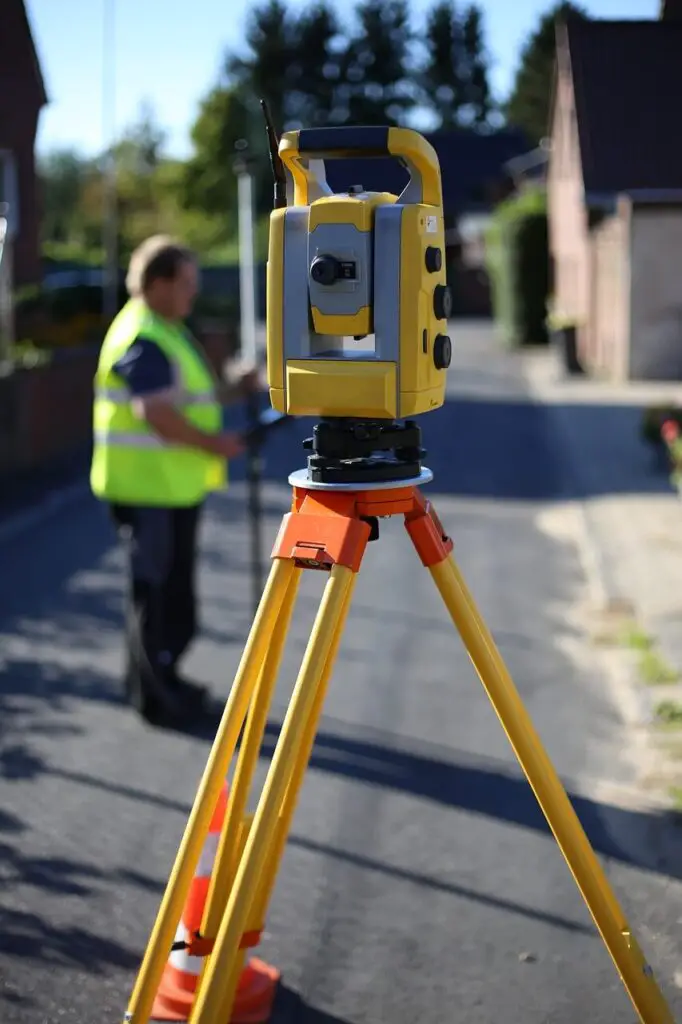
Step 5 – Seeking assistance from the local authority
In some cases, resolving a boundary dispute involving fences may require the involvement of local authorities.
Local councils play a significant role in boundary disputes and fence-related issues. They have dedicated departments that handle such matters, often known as the Planning or Building Control departments.
These departments are responsible for enforcing local regulations and ensuring compliance with relevant laws.
The local authority may only get involved if your neighbour removes the boundary fence and then replaces it with a fence that breaches regulations.
If you approach the council for assistance it’s crucial to provide detailed information about the situation. This includes documenting the fence with photographs or videos and outlining any prior attempts at communication or resolution.
Local authorities have the power to take enforcement action in certain circumstances. This can include issuing warnings or notices to the neighbour responsible for erecting the new fence and requiring them to rectify the situation within a specified timeframe.
Remember, involving local authorities should be considered as a last resort when other avenues of resolution have been exhausted.
It’s always best to attempt open communication, negotiation, and mediation before escalating the matter to the local council.
Step 6 – Legal advice
If all attempts to resolve the matter have failed, it may be necessary to seek legal advice.
Contact a solicitor who specialises in property disputes to discuss your options and understand the legal remedies available to you.
Consulting a solicitor offers several benefits. Firstly, they possess in-depth knowledge of property laws, regulations, and legal precedents.
Remember, seeking professional advice doesn’t necessarily mean you’re bound to engage in a lengthy and expensive legal battle.
A solicitor can also explore alternative dispute resolution methods, such as negotiation or mediation, to find a more cost-effective and mutually agreeable solution.
I have a separate blog on instructing a neighbour dispute solicitors that you can read here.
You could also consider approaching Citizens Advice Bureau to see if they can offer you any free advice.
Other fence dispute articles that might be of interest:
- Do I Have To Pay For My Neighbours Party Wall Surveyor?
- Can My Neighbour Lean Things On My Fence UK? All You Need To Know
- Neighbours Bins Against My Fence (This Might Help)
- Can My Neighbour Paint My Fence? What Are Your Rights?
Rebuilding the Boundary Fence
Depending on the outcome after taking the above steps, at some point, you will want to consider the practical steps of rebuilding the boundary fence.
Communication
The first step towards rebuilding the fence involves negotiating with your neighbour to reach a mutually agreeable solution.
Open and respectful communication is key here.
Engage in a constructive dialogue to discuss the options for reinstating the boundary fence.
Find common ground and consider factors such as the type of fence, materials, and design that both parties can accept.
I appreciate that this isn’t always possible if your neighbour is unwilling to discuss the issue with you.
Negotiation
During these negotiations, it’s important to address the financial aspect of rebuilding the fence.
Discussing the responsibility for covering the costs is crucial.
In some cases, neighbours may agree to split the expenses equally, while in others, the costs may be apportioned based on factors such as the length of the boundary shared by each property.
If a neighbour is going to put the fence on their land and wants to claim ownership of the fence then they would usually pay for the fence. You can then decide whether to put up your own fence on your side of the boundary or not.
Remember, finding a fair and reasonable arrangement can help maintain a positive relationship with your neighbour.
Regulations and permits
When rebuilding the boundary fence, it’s essential to adhere to local regulations and obtain any necessary permits.
Local authorities may have specific requirements regarding fence height, materials, and placement. By complying with these regulations, you ensure that the fence meets the required standards and prevents any potential issues down the line.
Consulting with your local planning department or seeking advice from a professional can help ensure compliance and avoid unnecessary complications.
Further Advice
In some cases, you and your neighbour may face challenges in reaching an agreement or encounter difficulties in the rebuilding process.
If negotiations break down or if there are significant disputes regarding the fence, it may be necessary to seek further legal advice to explore your options.
Remember, the rebuilding process is an opportunity to restore harmony and establish clear boundaries between properties.
By working together, being considerate of each other’s concerns, and following the appropriate regulations, you can successfully rebuild the boundary fence and restore peace of mind for both parties involved.

How to Prevent Future Boundary Disputes
By establishing clear boundaries, creating formal agreements, and fostering ongoing communication, you can minimise the likelihood of future conflicts.
Boundaries
One of the key factors in preventing boundary disputes is establishing clear boundaries. Clearly defining property lines can help avoid misunderstandings and potential encroachments.
Professional Surveyor
Consider engaging a professional surveyor to accurately mark the boundaries between your properties.
This not only provides visual clarity but also ensures that both parties have a clear understanding of where their property ends and the neighbour’s begins.
Formal Boundary Agreement
In addition to marking boundaries, you may also consider creating a formal boundary agreement with your neighbour.
This agreement can be drafted with the assistance of a solicitor and outlines the mutual understanding of the boundary lines, responsibilities for maintenance and repair, and any other relevant details.
There is further information on the GOV.UK website that might be of interest.
A boundary agreement can serve as a valuable document to refer to in case of future disputes and can help mitigate potential conflicts.
Communication
Maintaining open lines of communication is crucial in building a positive relationship with your neighbour.
Establishing a friendly rapport and exchanging contact information can facilitate prompt communication in case of any boundary-related matters.
I do appreciate that some neighbours will not be willing to communicate and can be self-centred, so this may not be possible.
Regular Maintenance
Keeping the boundary fence in good condition and addressing any maintenance issues promptly can help prevent disagreements from arising.
Regularly inspect the fence, and if you notice any issues or signs of deterioration, inform your neighbour and discuss appropriate action.
By proactively maintaining the fence and promptly addressing any concerns, you can foster a cooperative atmosphere and prevent minor issues from escalating into major disputes.

FAQs If Neighbour Has Removed The Boundary Fence
Here are some common FAQs if your neighbour has removed the boundary fence:
In the UK, generally, your neighbour cannot unilaterally remove a fence between your properties without your agreement. If the fence is considered a shared boundary feature, and any alterations or removal should involve mutual consent. If your neighbour wishes to make changes, they should discuss it with you beforehand.
If your neighbour solely owns the fence and it is on their side of the boundary, they do not need your consent to remove it.
If you both agree to remove or modify the fence, it is advisable to document the agreement in writing. However, if your neighbour proceeds without your consent, it may be necessary to seek legal advice and potentially pursue remedies such as obtaining an injunction to protect your property rights.
It is advisable to approach the situation calmly and initiate a polite and constructive conversation with your neighbour. Express your concerns and try to understand their reasons for removing the fence. It’s important to maintain open lines of communication to find a resolution amicably.
If mediation fails to reach a satisfactory resolution, seeking legal advice from a solicitor experienced in property law is recommended. They can assess the specifics of your case, guide you through the legal process, and explore further options, such as pursuing a legal remedy to resolve the dispute.
Depending on the circumstances, you may be entitled to seek compensation for damages or loss caused by the removal of the boundary fence without your consent. It comes down to who owns the fence. Consulting a solicitor can help you understand the specific legal remedies available and the potential for compensation in your situation.
If you have determined that you own the fence, then a neighbour cannot remove your fence without your consent as this would be property damage and potentially trespass.
It is important to establish clear property boundaries and discuss any proposed changes with your neighbour to avoid conflicts.
Final Thoughts If Your Neighbour Has Removed Boundary Fence
Understanding your rights as a property owner is crucial if your neighbour has removed the boundary fence.
Communicating with your neighbour and obtaining their consent is recommended if the fence is jointly owned.
However, if the fence is solely on your property, you may have the right to remove it without permission, though informing your neighbour is courteous.
Property laws can be complex, so consulting a legal professional specialising in property law is advisable for accurate advice.
Assessing the situation, engaging in mediation, and exploring alternative dispute resolution can be beneficial before pursuing legal action.
When rebuilding the fence, negotiate with your neighbour on design and cost-sharing, ensure compliance with local regulations, and obtain necessary permits.
In conclusion, it’s crucial to understand your rights, explore peaceful resolution options, and seek professional advice before pursuing legal action if your neighbour has removed the boundary fence.

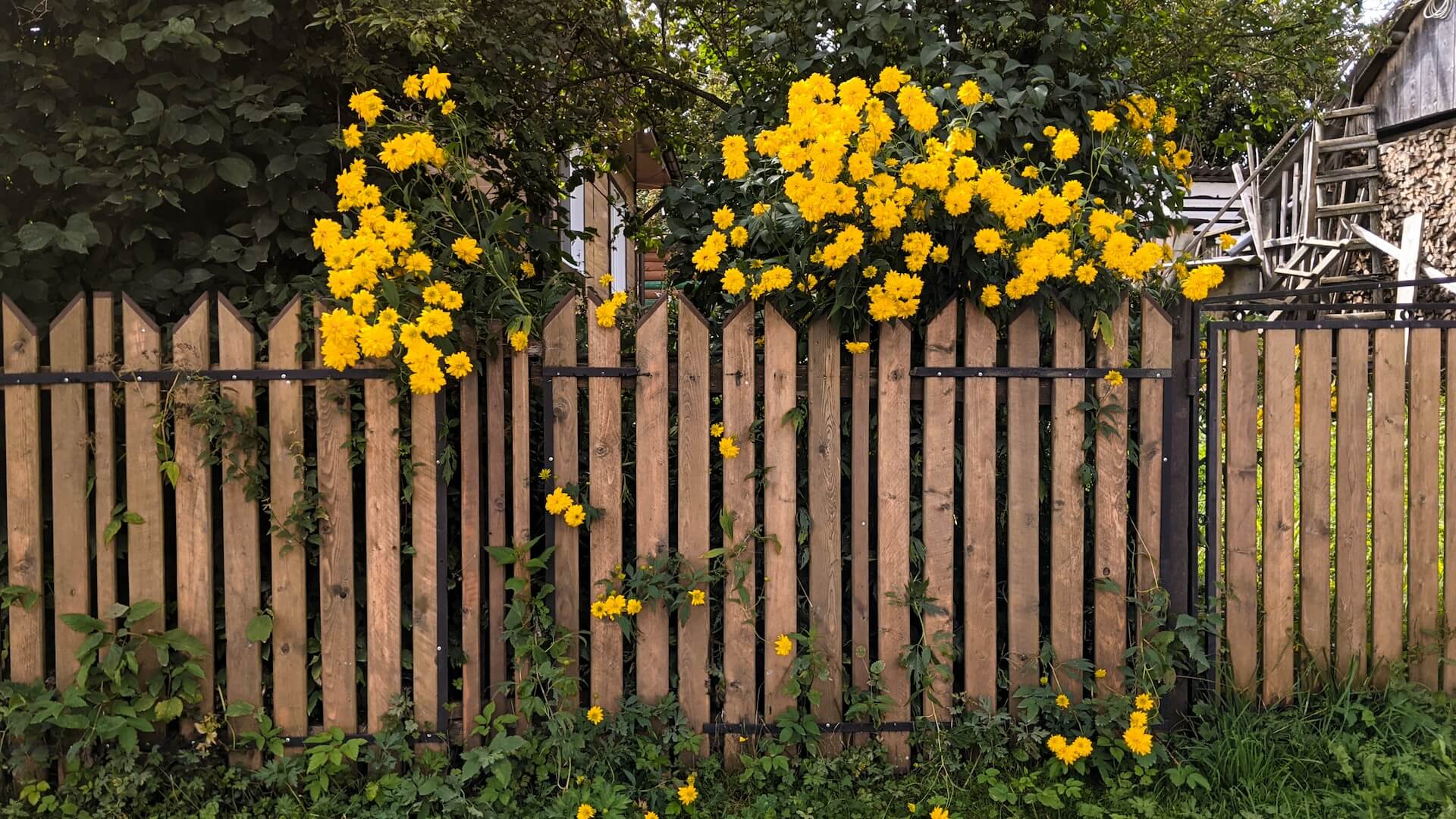

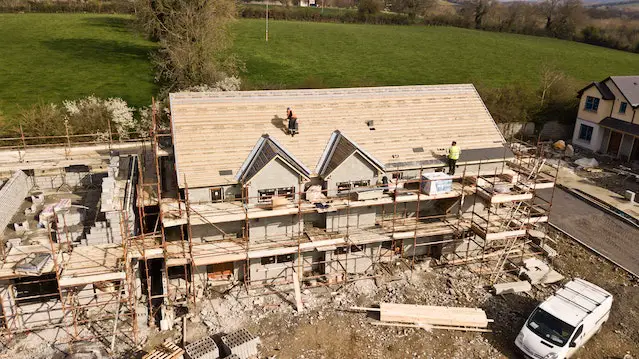

Leave a Reply